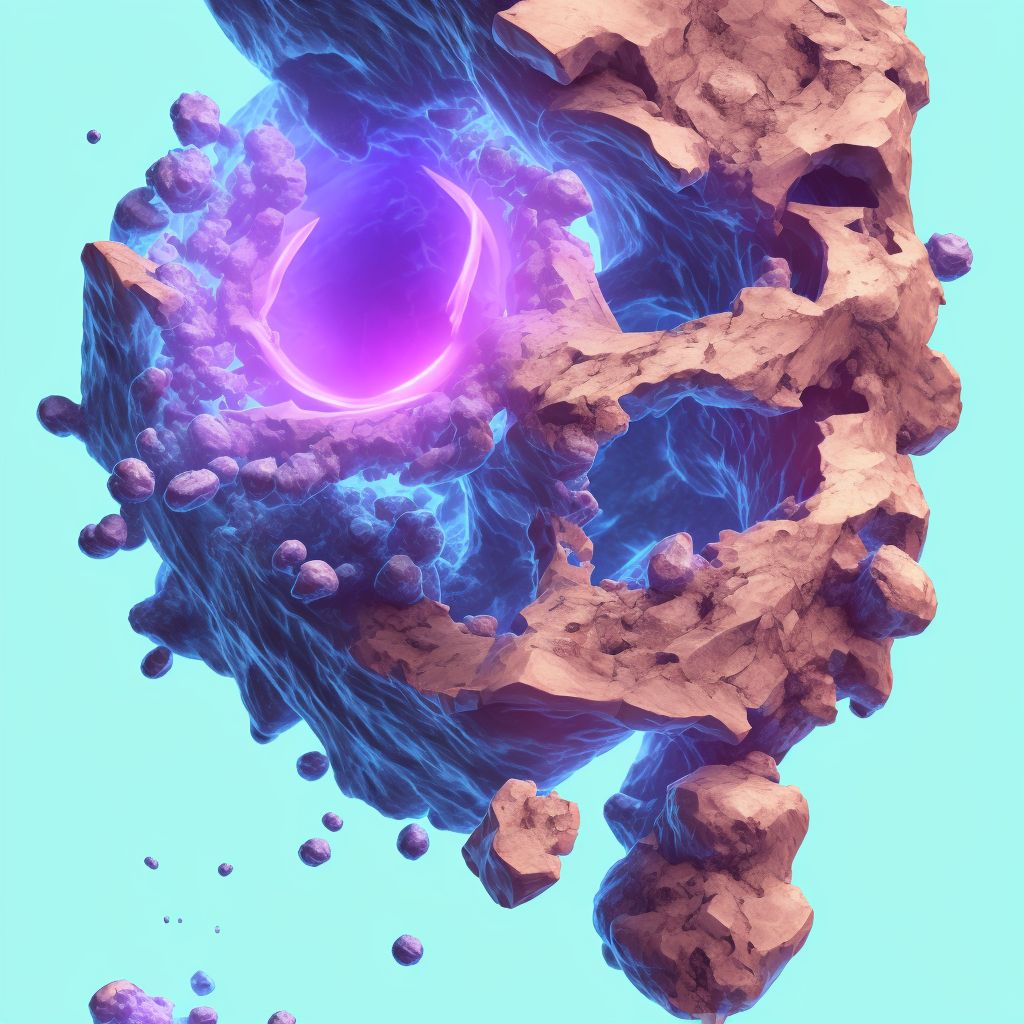
Torus fracture of upper end of left tibia, subsequent encounter for fracture with routine healing Save
ICD-10 code: S82.162D
Disease category: S82.162: Torus fracture of upper end of left tibia
Torus Fracture of Upper End of Left Tibia: Understanding the Subsequent Encounter for Fracture with Routine Healing
A torus fracture, also known as a buckle fracture, is a common type of injury that typically occurs in children. This article focuses on the torus fracture of the upper end of the left tibia and the subsequent encounter for fracture with routine healing. Although treatment options will not be discussed here, it is important to note that proper medical attention and care should be sought in these cases.
When a torus fracture occurs at the upper end of the left tibia, it refers to a break in the bone just below the knee joint. This type of fracture is often caused by a compressive force applied to the bone, which leads to the outer layer of the bone bending or buckling. Unlike a complete fracture, a torus fracture does not result in a complete break in the bone.
After the initial fracture, the subsequent encounter for fracture with routine healing focuses on the natural healing process of the bone. In most cases, the fractured bone is immobilized with the help of a cast or brace, allowing the body to heal itself over time. Routine check-ups and monitoring are essential during this healing phase to ensure that the bone is healing properly and no complications arise.
During the healing process, new bone tissue is formed and gradually replaces the damaged area. This regeneration process occurs naturally as the body's response to the fracture. It is important to note that the healing time can vary depending on the severity of the fracture and the age of the patient. Children tend to heal faster due to their higher bone turnover rate compared to adults.
- Rest: Adequate rest is crucial for the healing process. It allows the body to focus its energy on repairing the damaged bone.
- Immobilization: The use of a cast or brace helps stabilize the fractured bone, preventing further damage and promoting healing.
- Monitoring: Regular check-ups with a healthcare professional are necessary to track the progress of healing and ensure there are no complications.
In conclusion, a torus fracture of the upper end of the left tibia is a common injury that can occur in children. The subsequent encounter for fracture with routine healing involves immobilization, rest, and ongoing monitoring to ensure proper healing of the bone. Remember, seeking appropriate medical attention is essential for the best outcome in any fracture case.
Treatment of Torus fracture of upper end of left tibia, subsequent encounter for fracture with routine healing:
Treatment Options for Torus Fracture of Upper End of Left Tibia, Subsequent Encounter for Fracture with Routine Healing
A torus fracture, also known as a buckle fracture, is a common type of injury that occurs in children and adolescents. It typically happens when an excessive force is applied to a bone, causing it to bend and buckle without breaking completely. One such example is...
To see full information about treatment please Sign up or Log in